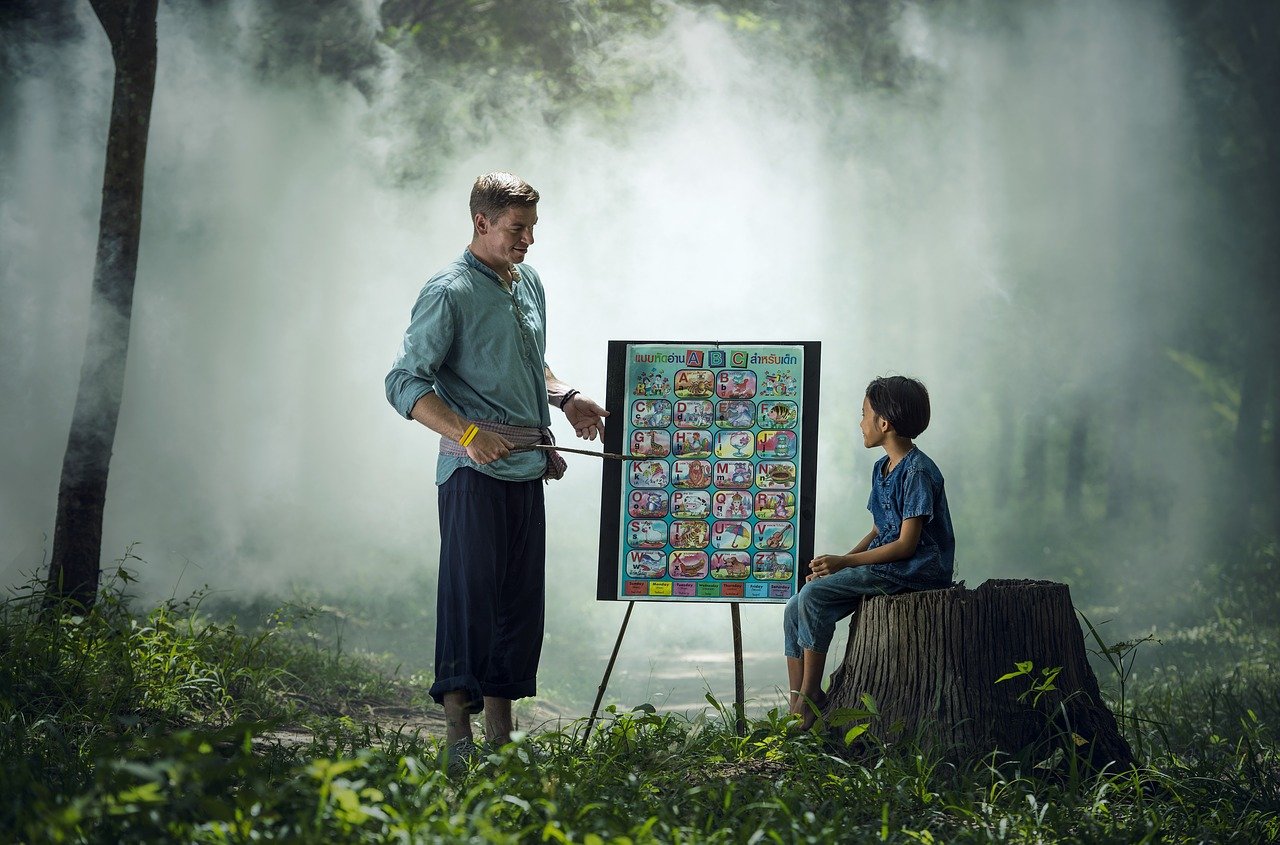Knowing Students Well is the Most Important Thing We Can Do
Consider who will be entering Canada’s schools this academic year.
There will be happy children, worried children, eager children, and children who are dissatisfied children.
There will be young people who have been traumatised, who have lost loved ones to Covid-19, and who have repeatedly witnessed racialized violence.
Students who haven’t been inside a school building in over a year and a half but have learned to cook, fix the family car, instruct younger siblings, or perform a jazz riff on the guitar will be among them.
We knew there were discrepancies in education, but the epidemic made them clear. Consider who has access to high-speed internet and quality instructional time. Whose schools were able to securely welcome kids, and whose couldn’t? Which communities had the greatest number of Covid-19 infections and deaths, and which did not?
Young people are well aware of the mainstream myths about “Covid learning loss,” trauma, and historical inequity. They play on many of their anxieties about the future. Worse worse, they have the potential to become internalised as personal failure and injury. Labeling yourself in this way can be detrimental, and it goes against all we know about human resilience and potential from developmental and learning science.
So, how can schools be truly prepared to welcome all of this, the good, the fantastic, and the challenges that they will soon encounter on a daily basis?
Recognize that variation, individuality, and possibility are all necessary components of human development. So far, educational systems haven’t properly tested assumptions about learning—is it extremely varied or does it follow a bell curve? Is intelligence determined by our DNA, or does it depend on the context? Are skills flexible or immutable? Is talent numerous or scarce? Or consider human potential: what could any child achieve given the correct circumstances?
Instead of giving labels and interventions on a menu, we need to imagine a response that reflects a new, equitable purpose for education that is relationship-rich, holistic, rigorous, supporting, and truly engaging for students.
Consider what it would mean if every space where children grow and learn was structured to meet each child, the whole child, right where they are and help them reach their full potential.
Because the human brain is a dynamic, living structure made up of tissue that is the most vulnerable to change from experience of any tissue in the human body, developmental and learning research tells an optimistic storey: children’s brains, bodies, and capacities are pliable to experience.
If we improve learning contexts, we increase the likelihood that our young people will not only catch up and recover from the consequences of the previous year, but we will also have placed a down payment on the learning environments we will need to develop for our children and their futures.

What happens next is determined by the investments we make. The science is clear: we need a new design that is tailored to the way the brain learns and children develop.
Positive developmental relationships; surroundings that foster safety and belonging; rich learning experiences and knowledge development; the purposeful development of important skills, habits, and mindsets; and integrated student supports are all parts of this design.
And here’s the secret sauce: when we combine these parts into experiences that link to one another – experiences that are multidisciplinary and integrated – we get the development of a whole child. This can be visualised as a web of experiences, because this is how our brains develop — many connections form between the brain’s parts, and these connections yield increasingly complicated skills.
Today, our aims of preparing every young person for school, work, and life may seem especially onerous. They are, nevertheless, not inaccessible. Consider setting a lofty goal for yourself, such as running a long distance. A coach will most likely prescribe a workout plan to help you improve your aerobic capacity, endurance, and confidence. Following a high five, your trainer will assist you in setting a new, more ambitious target. Progress and muscle are built via practise. Your coach would encourage you to take on even greater difficulties as your strength grew. You want to run farther and faster as the distance and speed get easier because you believe that more success is achievable.
You wouldn’t go the additional mile simply because someone told you, “You better catch up!” Because your interest, belief, passion, and enthusiasm had been sparked, you would run it and many others. Your coach piqued your interest, decreased your cognitive load at initially but gradually raised it, calibrated the task, engineered fruitful struggle, provided constructive feedback, assisted you in building muscle and stamina, and never let you quit.
Until now, large-scale initiatives to improve possibilities for deeper learning have primarily focused on therapies and programmes that provide incremental change, and only for a select group of children. We are in desperate need of a paradigm shift right now.
We all play a part in creating this comprehensive, interconnected network of surroundings, relationships, and experiences that will help each kid learn and develop in a healthy way. These webs, if well-designed and intentional, can serve as a foundation for the development of complex skills and competencies, revealing each child’s talent, passions, and potential.
If you are looking for a great tutor in Calgary or and Edmonton tutor or a tutor anywhere in Canada for that matter check out Gettatutor.com.

